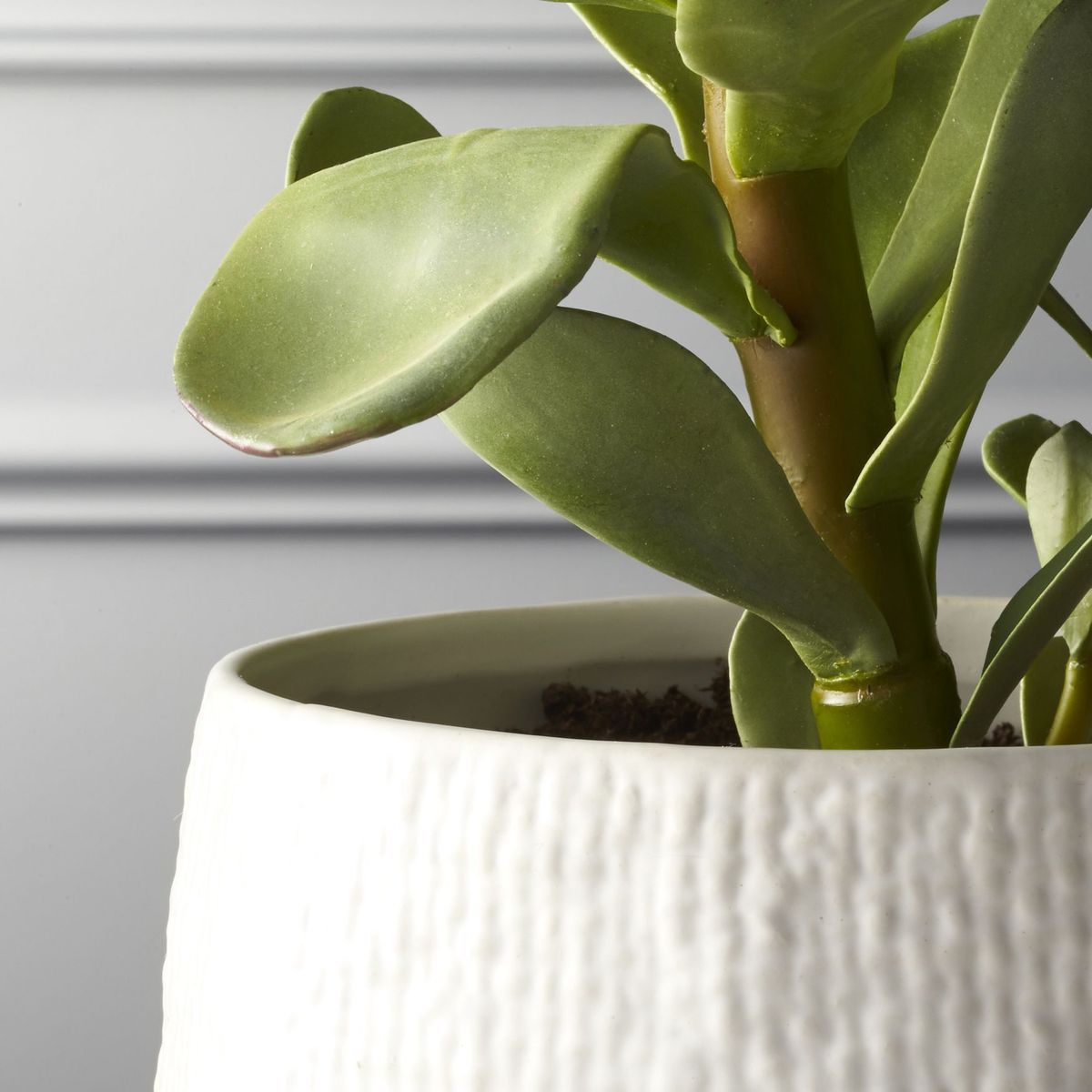The best, most realistic-looking fake plants for decorating your home

Faux houseplants used to be, well, a faux pas. Interior designer Jennifer Davis of Minneapolis was recently staging a house for a woman who had been trained in interior design 60 years ago. She said “her professor would roll in her grave if she used faux plants.” In her time, artificial plants were a strict no-no, probably because they looked as fake as they were.
That’s no longer the case. Today’s artificial houseplants look closer to the original than the plastic-y ones designers of yore abhorred. “In the past 10 years or so, the quality has improved tremendously,” says Leia Ward of the staging firm LTW Design in New Canaan, Connecticut, noting these days it’s harder to tell artificial ones from the real thing.
As live plants have become more popular to own in the past few years, some people are finding they either can’t keep plants alive or parts of their homes don’t have enough light. ”The younger generations are really busy, focused on kid things, focused on their careers,” Davis says. “They might not have the attention span to focus on live plants every day.”
Enter the fakes, which are growing in popularity right along with real plants. In response to this demand, in 2019, even the New York-based online plant delivery business the Sill launched a faux plant line. When plant and interior stylist Hilton Carter, based in Baltimore, did a plant line for Target this year, he made sure to include faux options. ”Faux can help an individual elevate a space when they’re trying to pull in as much greenery as possible,” Carter says.
When looking for a plant, Davis recommends researching the real versions of any dupes you’re considering. “Make sure you know what it looks like,” she says, “because the stem or tree trunk can give it away.” Look especially at the color of the original plant. “Most plants are not a solid color,” Davis explains, noting cheap versions of fake plants might have that solid-hue plastic look.
Quality faux plants can be worth the investment, Davis says, to get the most realistic version – though a discerning eye could even find one at less-expensive big-box stores. Wherever you shop, look for variation in leaf color and shape. (Carter points out that his faux plants had some emerging blooms or leaves.)
Often, fake houseplants come in “pretty sad” pots, Davis says, so look for ones with character. Check the height of the plant inside its new pot, and prop it up if needed. Put preserved moss around the plant’s base, says Erin Marino, editorial lead at New York-based online plant-delivery service Sill, to give it added life, and replace the moss once it becomes too dusty.
If there are wire stems, Davis suggests bending them to make the branches look as though they are aiming for light.
Decorate with a mix
If you can, use both real and fake plants in your home. In areas that can support live plants, go for it, but in dark areas, don’t be afraid to go faux.
Also vary the type of faux plants you choose. “It’s always important to have a mix of sizes, colors, shapes, varieties, just to create that sort-of outdoor look,” Carter says. ”You don’t look outside and see the same type of plant, tree, shrub… . Mixing it up can make it feel more tropical or more desert… . Lushness is what I go for.”
Caring for faux houseplants
Though they are easy to care for, fake plants aren’t necessarily no-maintenance. Marino recommends dusting the leaves occasionally to keep them looking real. “You can use a paper towel, feather duster, even a hair dryer on low,” she says.
Try to keep them out of bright direct light and avoid spaces with high moisture, both of which could discolor the plants faster, Marino advises. If they do get stains, try spot-cleaning them with a cloth and warm, soapy water.
Forget worrying about overwatering, under-watering, seeking out sun, and pesky bugs. “Faux plants make life a little simpler,” Ward says.
”It’s OK to have a faux plant in your home,” Carter reassures. “Don’t feel pressured to always shove these living plants into the corners of your home and then have them die on you.”